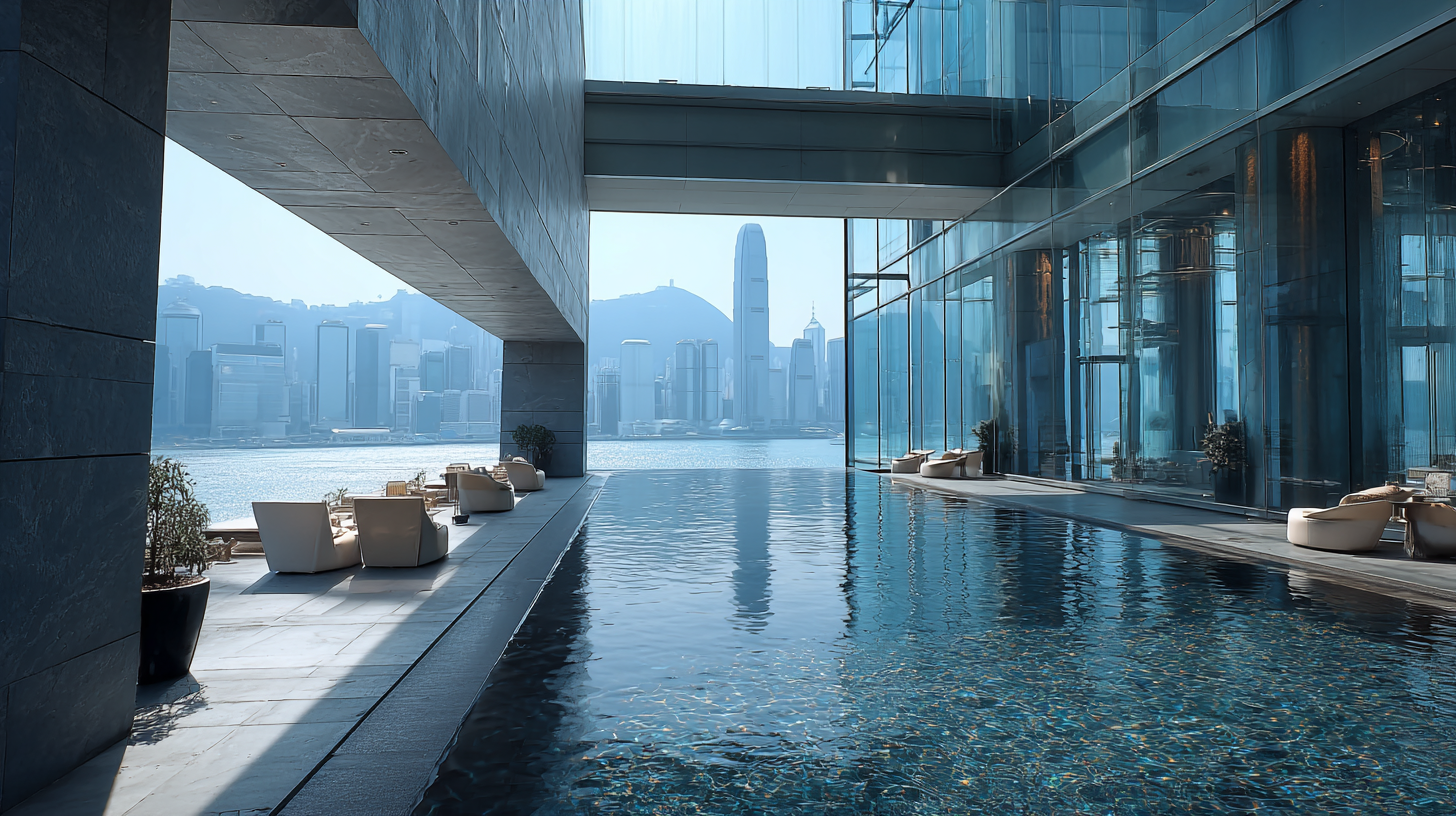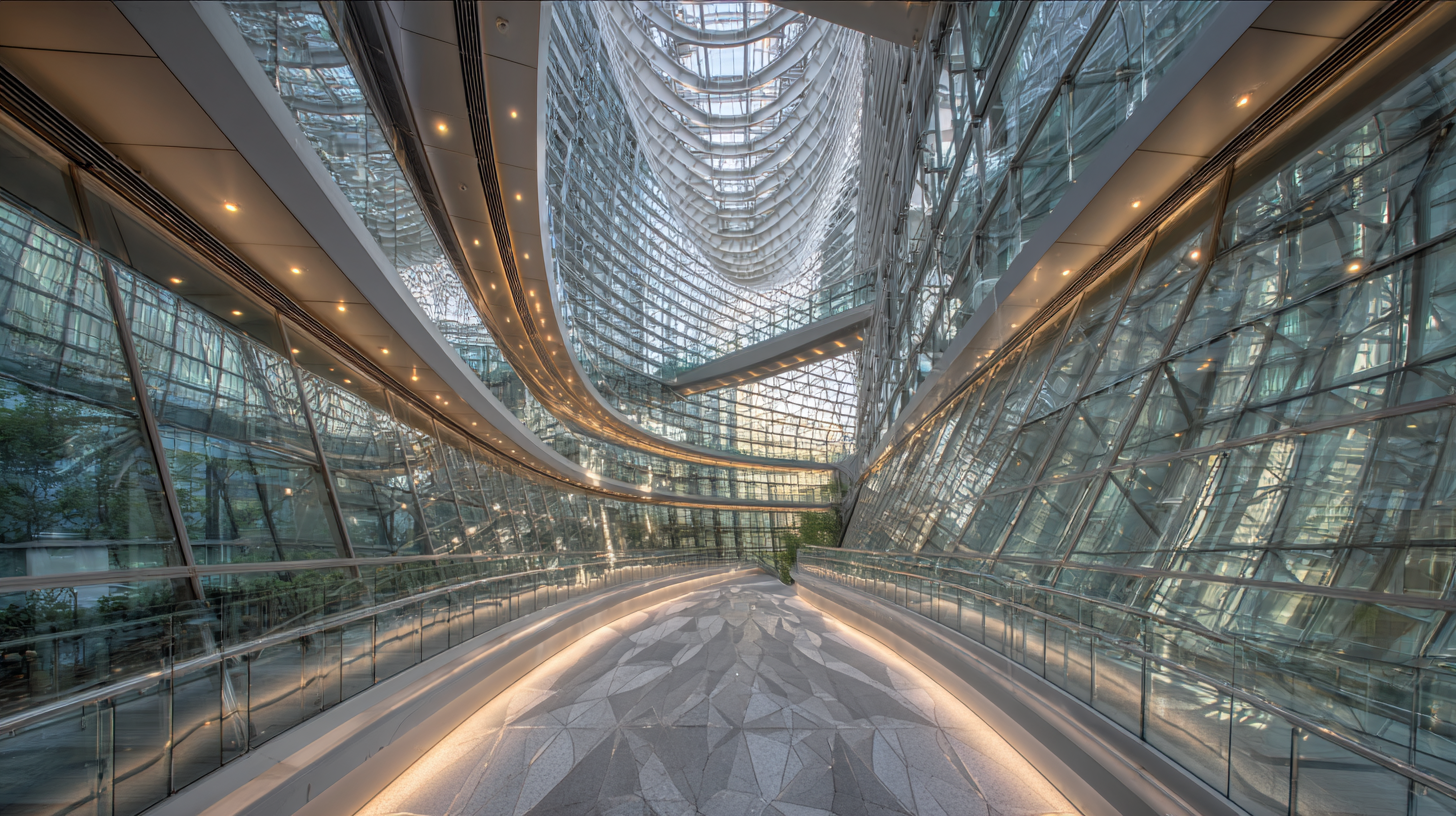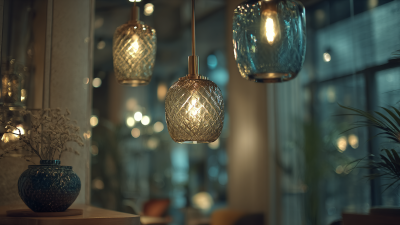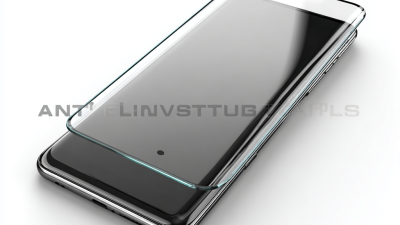
 In the evolving landscape of modern architecture, the role of "Glass Deep Processing" has become increasingly significant, transforming both aesthetic and functional aspects of building design. According to a recent market report by Transparency Market Research, the global glass processing market is expected to reach USD 91.9 billion by 2026, growing at a compound annual growth rate (CAGR) of 5.2% from 2018 to 2026. This growth is largely driven by advancements in technology and innovative techniques that enhance the strength, durability, and versatility of glass. As architects and designers embrace these innovations, the integration of high-performance glass not only allows for larger windows and more natural light but also improves energy efficiency, contributing to sustainable building practices. By exploring how these deep processing techniques are shaping contemporary architectural paradigms, we can better understand their potential to revolutionize urban landscapes and enhance the quality of life.
In the evolving landscape of modern architecture, the role of "Glass Deep Processing" has become increasingly significant, transforming both aesthetic and functional aspects of building design. According to a recent market report by Transparency Market Research, the global glass processing market is expected to reach USD 91.9 billion by 2026, growing at a compound annual growth rate (CAGR) of 5.2% from 2018 to 2026. This growth is largely driven by advancements in technology and innovative techniques that enhance the strength, durability, and versatility of glass. As architects and designers embrace these innovations, the integration of high-performance glass not only allows for larger windows and more natural light but also improves energy efficiency, contributing to sustainable building practices. By exploring how these deep processing techniques are shaping contemporary architectural paradigms, we can better understand their potential to revolutionize urban landscapes and enhance the quality of life.
Innovative glass technologies are fundamentally transforming architectural design and functionality, opening new avenues for creativity and sustainability. According to a report by Grand View Research, the global architectural glass market size was valued at approximately $120 billion in 2022 and is projected to expand at a compound annual growth rate (CAGR) of 11.6% from 2023 to 2030. This surge is driven by a growing demand for energy-efficient buildings, as advanced glass treatments enhance thermal insulation while maximizing natural light infiltration.
Significant advancements in glass processing techniques have introduced smart glass, which can adjust its transparency based on environmental conditions, thereby improving energy efficiency and occupant comfort. For instance, research from Markets and Markets indicates that the smart glass market is expected to reach $6.5 billion by 2025, with applications in both residential and commercial sectors. These innovations not only reduce reliance on artificial lighting and HVAC systems but also contribute to sustainable building practices, aligning with global efforts to minimize carbon footprints and promote eco-friendly materials in architecture. The integration of these technologies marks a pivotal shift, redefining the very essence of modern architectural landscapes.

Smart glass technology is revolutionizing modern architecture by significantly enhancing energy efficiency in buildings. This innovative material can dynamically adjust its transparency and light transmission properties based on external environmental conditions. By utilizing technologies such as electrochromic, photochromic, and thermochromic processes, smart glass minimizes the reliance on artificial lighting and climate control systems, leading to substantial reductions in energy consumption. As buildings adopt these solutions, they not only lower operational costs but also contribute to a more sustainable urban environment.

Moreover, the integration of smart glass into architectural designs fosters a seamless connection between indoor and outdoor spaces. This transparency allows natural light to permeate interiors, creating a more inviting atmosphere while reducing the need for artificial lighting. Consequently, occupants benefit from improved well-being and comfort. Additionally, with the growing emphasis on green building certifications and energy-efficient designs, smart glass serves as a vital component in fulfilling sustainable development goals.
As architects and builders continue to explore these advancements, the future promises a landscape where energy efficiency and aesthetic appeal coalesce harmoniously.
The realm of architecture has been significantly transformed by deep processing innovations in glass, allowing for unprecedented customization that enhances both aesthetics and performance. Advances in technologies such as laminated and insulated glass have provided architects with the ability to design structures that not only look stunning but also cater to specific functional requirements. These innovations enable the creation of unique shapes, colors, and textures, allowing for a more personalized architectural expression. As a result, glass can now harmonize seamlessly with various design elements, from the sleek modernism of urban skyscrapers to the warm, inviting facades of residential buildings.
Moreover, the integration of deep processing techniques improves the performance characteristics of glass, making it a more viable option for sustainable architecture. Tailored coatings and treatments enhance energy efficiency by reducing heat transfer, thus contributing to lower energy consumption in buildings. The customization of glass not only meets aesthetic desires but also addresses performance challenges, such as noise reduction and UV protection. This dual advantage positions processed glass as an essential component in contemporary architecture, where beauty and functionality are paramount. As architects continue to explore these innovations, the future of urban development promises to be visually captivating and environmentally conscious.
The integration of glass into sustainable architecture is increasingly driven by advanced technologies and data analytics. As architects and builders seek innovative materials that enhance both aesthetics and performance, glass has emerged as a critical component in modern designs. Innovations in glass deep processing are leading to the development of products that not only meet energy efficiency standards but also contribute to the overall sustainability of buildings. The market for insulated glass, projected to reach significant growth by 2035, exemplifies how energy-efficient solutions are becoming essential in construction.
Moreover, the rise of data-driven frameworks is facilitating the prediction of mechanical properties of materials like waste glass aggregates. This approach allows for the optimization of concrete mixtures, promoting the use of recycled materials which further enhances sustainability efforts. As the building materials industry looks towards 2026, these innovations highlight a trend where material selection is heavily influenced by data insights, reinforcing the important role glass plays in the future of architecture.
| Feature | Impact on Sustainability | Energy Efficiency (%) | Cost Implications ($/m²) | Feedback Score (out of 10) |
|---|---|---|---|---|
| Low-E Glass | Reduces heat gain | 30% | 25 | 9.5 |
| Smart Glass | Adaptive energy use | 40% | 80 | 8.9 |
| Triple Glazing | Enhanced insulation | 50% | 70 | 9.0 |
| Photovoltaic Glass | Energy generation | Varies | 150 | 8.5 |
| Recycled Glass | Reduces resource use | 20% | 30 | 9.2 |
The future of the glass deep processing market in the construction sector appears to be promising, with market predictions indicating significant growth. According to estimates, the industrial aluminum-coated clothing market is expected to reach a value of $529.96 million in 2024 and grow to approximately $800.46 million by 2032, exhibiting a CAGR of 5.29%. Concurrently, the ultra-white glass industry in China is set to see its market size reach 18 billion yuan, driven by advancements in high-quality glass with transparency exceeding 91.5%. This segment is diversifying rapidly, expanding its applications in solar energy and high-end architecture.
Additionally, other materials that complement glass in construction, such as kaolin, are projected to grow alongside sustainable mining and production initiatives, which address environmental concerns related to extraction processes. As the demand for innovative building materials increases, the architectural landscape will undoubtedly be shaped by these trends, leading to a more sustainable and aesthetically pleasing built environment. With continuous innovations in glass processing techniques, the construction industry stands on the cusp of a revolution, making it an exciting field to watch as we progress into the next decade.





